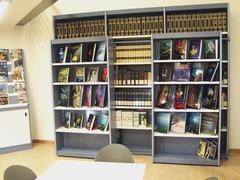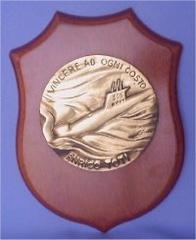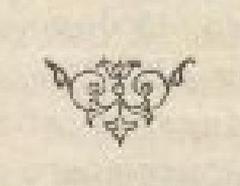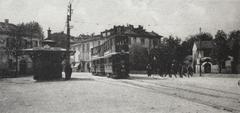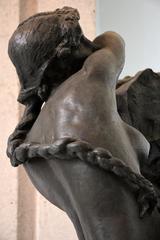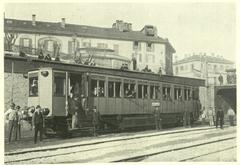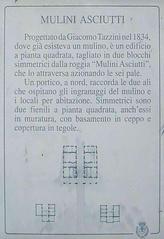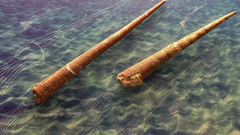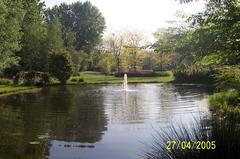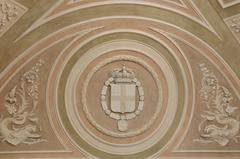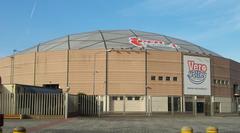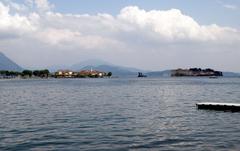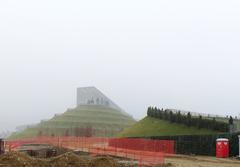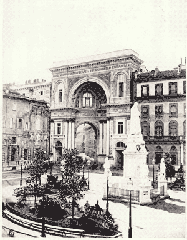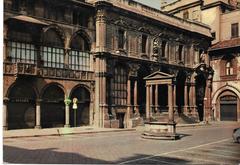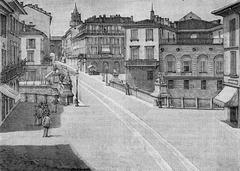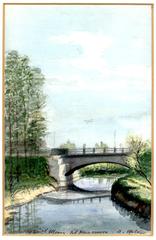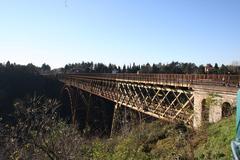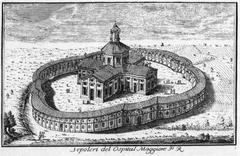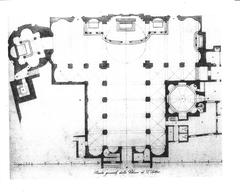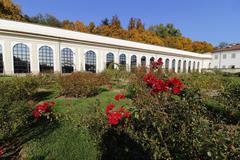
Monza–Carate Tramway: Visiting Hours, Tickets, and Historical Significance
Date: 04/07/2025
Introduction
The Monza–Carate tramway stands as a remarkable testament to Brianza’s industrial and cultural heritage. Established in the late 19th century, it was one of Italy’s earliest interurban tramways, linking Monza with Carate and surrounding towns. The tramway played a pivotal role in shaping the region’s economy and daily life, facilitating commuter movement, goods transport, and social exchange. Although operations ceased by the mid-20th century, its legacy endures through preserved infrastructure and community memory, drawing visitors, historians, and cultural enthusiasts to the area.
Today, remnants of the tramway can be explored through walking tours, museum exhibits, and cycling routes, providing insights into the technological innovations and urban growth it inspired. The tramway’s historical route, along with landmarks like Monza Cathedral and Villa Reale di Monza, offers a rich tapestry of experiences for visitors. For those planning a visit, this guide details historical context, practical information, nearby attractions, and tips for an immersive journey along the Monza–Carate tramway.
Official resources for further planning include: Monza Tourism Official Website, Brianza Tourism Office, and the Musei Civici di Monza.
Table of Contents
- Introduction
- Origins and Early Development
- Electrification and Modernization
- Social and Economic Impact
- Decline and Closure
- Legacy and Visiting Today
- Nearby Attractions
- Modern Developments and Future Prospects
- Frequently Asked Questions (FAQ)
- Plan Your Visit
- References and Further Reading
Origins and Early Development
The Monza–Carate tramway was a pioneering element of Brianza’s transport network. Inaugurated in 1890 by The Lombardy Road Railways Company Limited, it connected Monza and Carate Brianza, passing through Macherio, Biassono, and other towns (PrimaMonza). Initially operated by steam locomotives, the line was envisioned as part of a broader tramway network radiating from Monza, supporting both passenger and freight transport during a period of rapid industrialization.
Electrification and Modernization
Reflecting advances in transportation technology, the tramway was electrified between 1925 and 1932. This transition to a 600-volt DC system, powered by substations in Monza and Albiate Brianza, significantly improved speed, reliability, and environmental conditions. Modernization efforts included updated rolling stock and improved infrastructure, making the tramway a vital artery for daily commutes and commerce.
Social and Economic Impact
The Monza–Carate tramway was more than a mode of transport—it was a catalyst for economic growth, urban development, and social connectivity. Its route fostered the expansion of Monza’s city center and helped integrate smaller towns into the regional economy. Stations became hubs for community interaction, market activity, and local traditions. The tramway’s presence helped shape daily rhythms and contributed to a shared sense of identity in Brianza.
Decline and Closure
By the mid-20th century, increased automobile ownership, competition from buses, and improved roads led to declining passenger numbers. The tramway’s gradual closure began in the 1960s, with the final service ending in 1982 (Treni di Carta). The closure marked the end of an era, but also sparked efforts to preserve its memory and remaining infrastructure.
Legacy and Visiting the Monza–Carate Tramway Today
Visiting Hours
Heritage sites and remnants of the tramway—such as former stations, depots, and sections of track—are generally accessible year-round from public roads and parks. Museums with tramway artifacts, like the Musei Civici di Monza, are open Tuesday to Sunday, typically from 9:00 AM to 6:00 PM. Always check official websites for up-to-date hours.
Tickets and Guided Tours
Most outdoor sites and walking routes are free to access. Museums may charge a small entrance fee (usually €5–10). Guided walking or cycling tours are offered seasonally by local tourism offices and must often be booked in advance. For special exhibitions or events, see local cultural calendars (Turismo Monza).
Accessibility
Central sites and museums are accessible by public transport and are generally suitable for visitors with mobility needs. Some outdoor remnants may have uneven terrain; contact tourist information centers for detailed accessibility guidance.
Nearby Attractions
- Monza Cathedral (Duomo di Monza): Open Tue–Sun, 9:00 AM–6:00 PM (Duomo di Monza Official Site).
- Villa Reale di Monza: Royal palace with gardens, open daily.
- Parco di Monza: One of Europe’s largest parks, ideal for walking and cycling (Try Travel).
- Brianza Countryside: Scenic routes along the former tramway, accessible for walking and biking.
- Hotel Fossati, Macherio: Historic motorsport landmark (Reddit GrandPrixTravel).
Modern Developments and Future Prospects
The spirit of the Monza–Carate tramway lives on through new sustainable transit projects. Notably, the Metrotranvia Milano–Desio–Seregno project seeks to restore modern tram links in the region, echoing the original tramway’s mission (Metrotranvia Milano–Desio–Seregno Project Info).
Frequently Asked Questions (FAQ)
Is the Monza–Carate tramway operational today?
No, it ceased operations in 1982, but many heritage sites remain accessible.
Are tickets required to visit the tramway sites?
Most outdoor sites are free. Museum entry and guided tours may require tickets.
Are guided tours available?
Yes, local tourism offices offer walking and cycling tours, especially during peak seasons.
Are the sites accessible to people with disabilities?
Many central sites and museums are accessible, but some outdoor remnants may be uneven.
What other attractions are nearby?
Villa Reale di Monza, Parco di Monza, and the Brianza countryside are recommended.
Plan Your Visit
Enhance your visit by:
- Downloading the Audiala app for interactive audio guides and maps.
- Checking local event calendars for special exhibitions or tours.
- Consulting the Turismo Monza Official Website for the latest visitor information.
Visual and Interactive Resources
- Virtual tours, historic maps, and high-resolution images are available via the Musei Civici di Monza and local tourism platforms.
- The Audiala app provides accessible audio tours enriched with local stories and legends (Audiala).
Summary and Visitor Recommendations
The Monza–Carate tramway’s story is integral to the history and identity of Lombardy. Its preserved sites, community memory, and ongoing cultural initiatives offer visitors a unique perspective on regional development and daily life in the past. Exploring the former tramway—on foot, by bike, or via public transport—reveals both scenic landscapes and a tapestry of shared tradition. By engaging with museums, guided tours, and digital resources, visitors can deeply connect with this enduring symbol of Brianza’s heritage.
References and Further Reading
- Monza Tourism Official Website
- Brianza Tourism Office
- Musei Civici di Monza Official Site
- Lombardia Beni Culturali - Monza Tramway Station
- PrimaMonza
- Treni di Carta
- Try Travel
- Reddit GrandPrixTravel
- Turismo Monza
- Treniebinari.it Tramway History
- Audiala Audio Tours
- Metrotranvia Milano–Desio–Seregno Project Info
Discover the enduring legacy of the Monza–Carate tramway and immerse yourself in Brianza’s vibrant history and culture. Plan your visit today and be part of the story.





